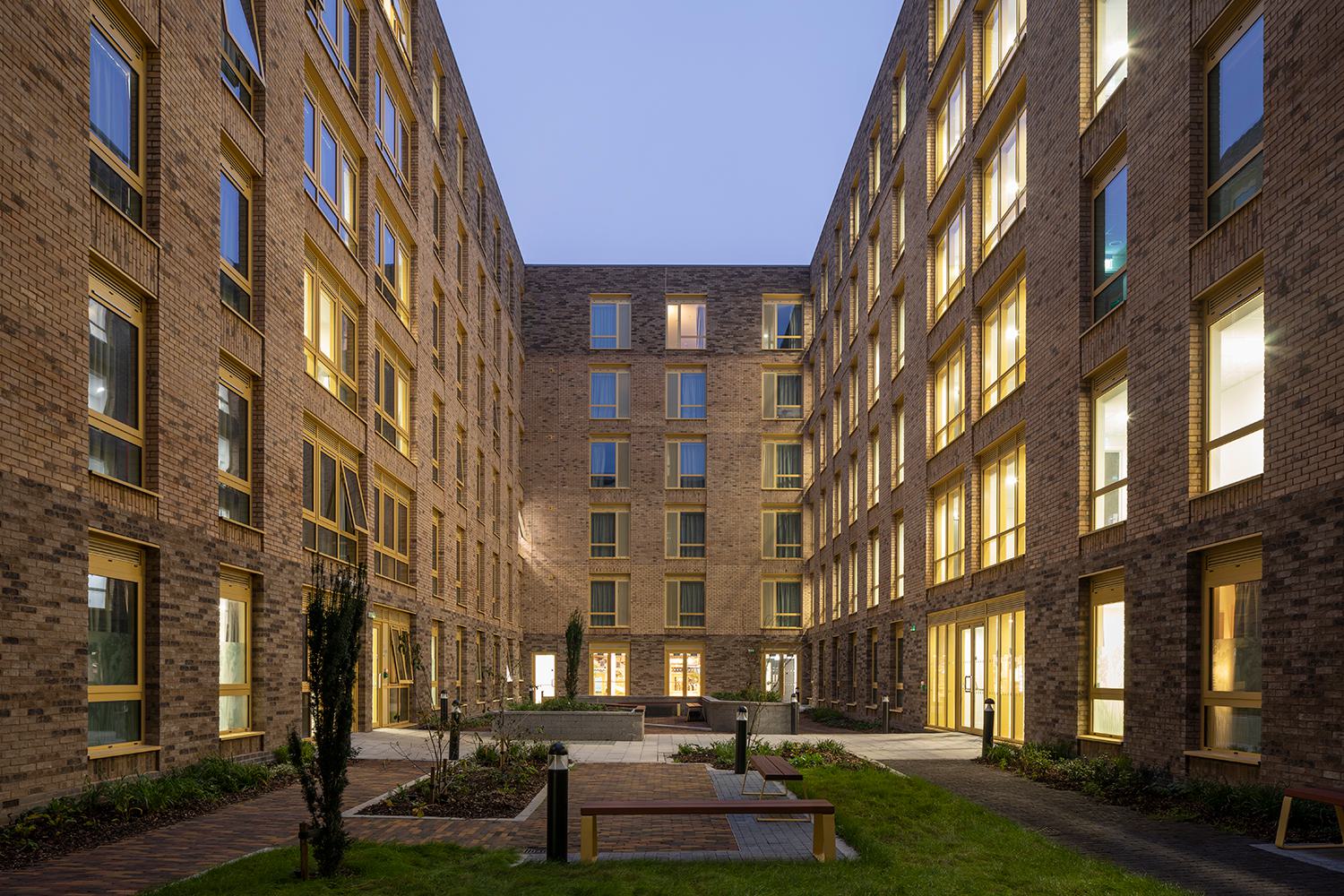
27 Nov 2024
Get to know Gemma, our Architectural Associate at CPMG, as she shares her journey from studying in Barcelona to her experiences designing across Switzerland and London. With a passion for teamwork and a deep appreciation for diverse architectural styles, Gemma brings adaptability, insight, and a collaborative spirit to every project she undertakes.
Can you start by telling us a bit about your background and how you became an architect?
I graduated as an architect from the Barcelona School of Architecture (ETSAB) in 2011. Shortly after, I moved to Switzerland, where I worked for a year. Following that, I relocated to London, which has been my home ever since.
What are some of the architectural projects that have had the most significant impact on your career?
Barcelona’s rich architectural and urban planning heritage was an eye-opening and unforgettable part of my studies. During university, I worked with several practices, gaining hands-on experience while learning from renowned architects.
Switzerland offered a completely different experience, allowing me to explore its culture, people, and language. Swiss architecture often focuses on modestly scaled, unobtrusive buildings rather than monumental structures, which immediately resonated with me. I truly grasped the concept of the promenade architectural when trekking Monte Tamaro to see Mario Botta's Cappella Santa Maria degli Angeli. Visiting the castles of Bellinzona and enjoying the breathtaking views of the Alps from my room and office added to this unique experience.
Life eventually brought me to London, a city full of surprises, where I continue to grow and learn.
Could you describe your design philosophy? How does it influence your approach to different types of projects?
I wouldn’t say I have a specific design philosophy. My work spans a wide range of projects, from design to construction, and each one requires a tailored approach. However, I strongly believe in teamwork. Surrounding yourself with a knowledgeable team that complements your skills is key to delivering the best outcomes.
How has the field of architecture evolved since you began your career, and how do you see it changing in the future?
While the way we inhabit buildings, their typologies, and the tools we use have evolved, the fundamental principle remains unchanged: architecture is the art of building. Our goal is always to create spaces that are as effective and inspiring as possible.
What role does sustainability play in your designs, and how do you integrate it into your work?
I am particularly interested in flexibility—creating architecture that can adapt to evolving social and technological needs.
What are some of the biggest challenges you’ve encountered as an architect, and how have you overcome them?
There’s often an expectation that architects should know everything. I remind myself—and others—that it’s okay to admit when we don’t have all the answers. Collaboration and continual learning are essential.
Transition to Residential Architecture
How does designing for residential differ from other types of architecture?
Residential architecture plays a vital role in defining cities. It presents unique challenges: how can we meet the diverse needs of today and tomorrow while preserving the identity of a place? Unlike other building types, residential projects must respond to these questions from a personal perspective. They need to provide spaces that people can transform and take ownership of, regardless of their ways of living.
What trends are you seeing in the design of residential buildings?
I was delighted to see flexible residential architecture celebrated at the RIBA International Awards for Excellence this year, with Peris + Toral Arquitectes' social housing project in Cornellà, Barcelona. Beyond its innovative use of timber frame construction, its approach to spatial flexibility is truly inspiring. This project exemplifies a broader trend where seemingly rigid structural modules create versatile and generous living arrangements.
How do you balance functionality with aesthetics when designing residential spaces?
Architects must provide practical solutions to current and future challenges while drawing on heritage and innovation to ensure beauty. We should also allow room for future adaptations to meet the inevitable changes brought by time.
Can you talk about a recent residential project you worked on and what made it unique?
I’m currently working on a residential project with a stunning riverside setting. The collaborative approach within the team has been instrumental in addressing its unique challenges. This project explores diverse ways of living and demonstrates how a place can profoundly transform its surroundings.
Final Thoughts
Looking ahead, what do you think the future holds for residential architecture?
The demand for residential buildings, particularly in large cities, is growing increasingly urgent. We must be inventive, exploring new ways of living and strengthening our communities. The future lies in adaptable designs that accommodate all types of living arrangements while fostering a strong sense of belonging.
What role do you see sustainability playing in the future of home design?
There’s been notable progress in recent years, but there’s still much more to do, and time is critical. Renovating and transforming existing buildings should be prioritised. Additionally, we need better tools to assess sustainability metrics, such as carbon footprints, to guide decision-making.
What advice would you give to aspiring architects who want to specialise in residential architecture?
Residential architecture has evolved far beyond traditional houses or apartment blocks, offering one of the most diverse and rewarding areas of practice. It’s an ideal sector for those passionate about shaping how people live and transforming cities at a fundamental level.